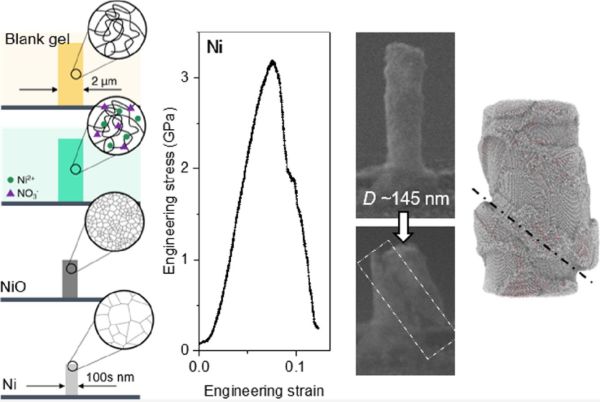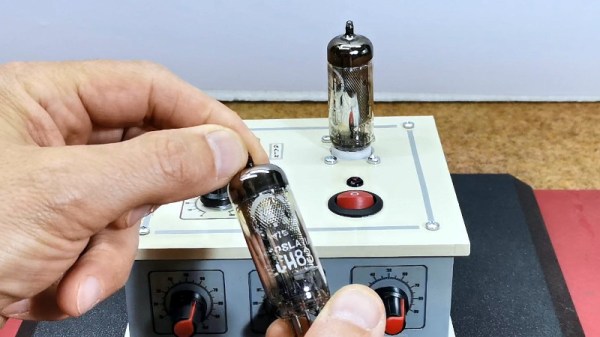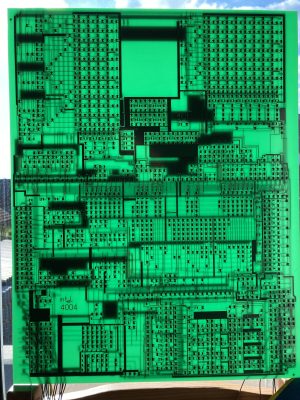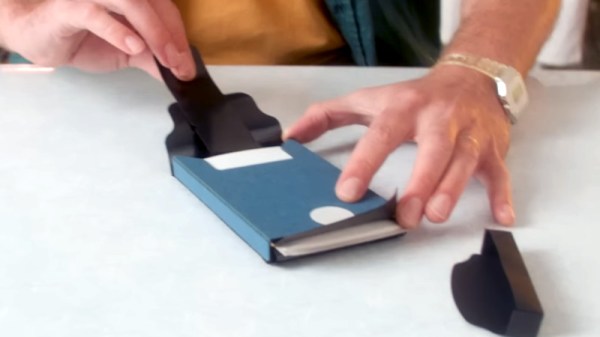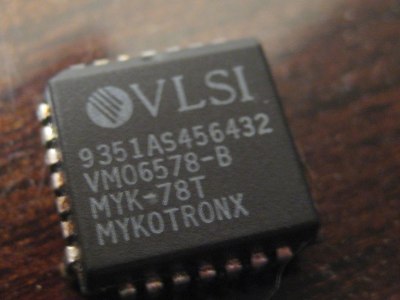Thanks to the various measurement systems in use, we aren’t sure if Volvo has created an electric truck that carries 74 metric tons, 74 short tons, or 74 long tons, but either way, that’s a lot of cargo for an electric truck. After all, that’s somewhere between 148,000 and 163,000 pounds (or 67,000 kg to 74,000 kg). That’s about three times what a typical 18-wheeler with a flatbed carries in the US. In fact, on a U.S. road, trucks typically have to weigh less than 80,000 pounds, including the truck to be legal.
Well, the monster electric Volvo has two trailers, so it is more fair to compare it to turnpike doubles, which typically carry about 148,000 pounds of cargo. The truck operates 12 hours a day and charges when the driver takes a break. At the depot, charging is from two 180 kW chargers that use green electricity, according to the company. The truck has been running for a few months, although we haven’t heard more about how successful or unsuccessful it might be.


